Explore The Highlights Of Northern Region
Northern Vietnam is a captivating region that blends natural beauty, ancient traditions, and vibrant cities. From the emerald waters of Ha Long Bay to the terraced rice fields of Sapa and the bustling streets of Hanoi, this region offers something for every kind of traveler. Let’s explore the geography, culture, food, and must-see destinations that make Northern Vietnam a remarkable destination.
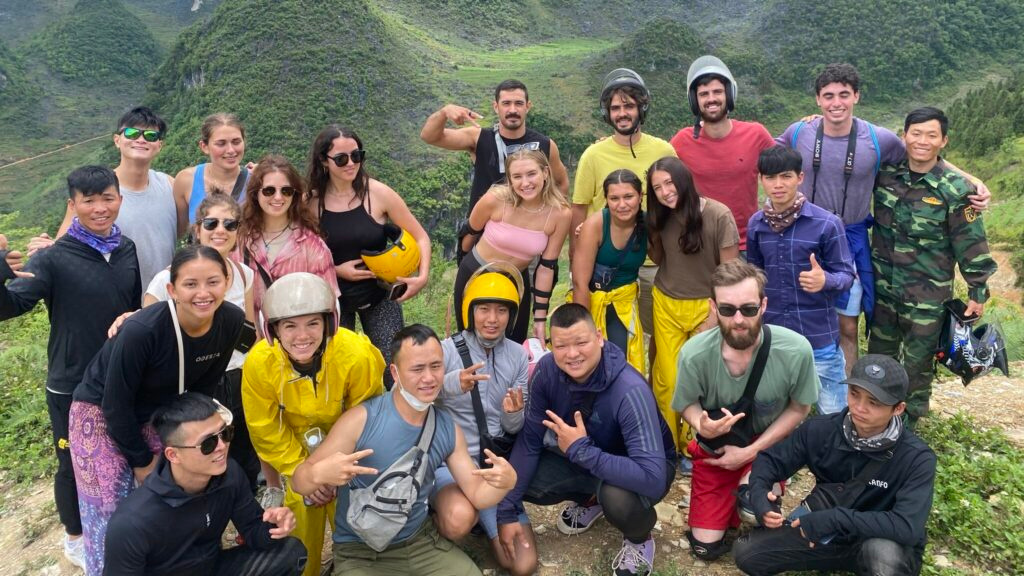
Table of contents:
1. Northern Vietnam at a Glance
Northern Vietnam stretches from the Red River Delta near the Gulf of Tonkin to the mountainous highlands bordering China and Laos. This region is home to diverse landscapes, including towering limestone karsts, lush valleys, winding rivers, and dense forests.
The terrain varies widely:
- The Northeast (Ha Giang, Cao Bang) features dramatic mountain ranges and deep canyons.
- The Northwest (Sapa, Dien Bien) is home to high-altitude peaks and terraced rice fields.
- The Red River Delta (Hanoi, Ninh Binh) offers flat, fertile plains perfect for agriculture.
2. Hanoi – The Historic and Cultural Capital
Location and Geography of Hanoi
Hanoi is located in northern Vietnam, nestled on the western bank of the Red River. As the political, cultural, and economic heart of the country, it holds a strategic position close to the border with China. The city covers approximately 3,300 square kilometers, including both urban and rural areas, and serves as the gateway to many northern destinations.
Population and Demographics
Hanoi is home to over 8 million people, making it one of the most populous cities in Vietnam. The population is ethnically diverse, with the majority being Kinh (Vietnamese), alongside ethnic minorities such as Tay, Muong, and Hmong in surrounding rural districts. The city has witnessed rapid urbanization and economic growth, contributing to its vibrant multicultural atmosphere.
Top Attractions and Local Flavors
Hanoi’s Old Quarter is the city’s vibrant heart, famous for its narrow streets, traditional shophouses, and bustling Dong Xuan Market. Nearby, Hoan Kiem Lake offers a peaceful retreat with its iconic red bridge and Ngoc Son Temple. The elegant French Quarter showcases colonial architecture, including the Hanoi Opera House and Presidential Palace, reflecting the city’s rich history.
Must-visit cultural landmarks include the Temple of Literature, Ho Chi Minh Mausoleum, and the One Pillar Pagoda, each offering deep insights into Vietnam’s heritage. Art enthusiasts will enjoy the Vietnam Museum of Ethnology, Hanoi Fine Arts Museum, and contemporary galleries in Tay Ho.
Top dishes and cafe that you must try in Hanoi
Hanoi is renowned for its diverse local cuisine. Iconic dishes such as Pho, Bun Cha, Banh Cuon, and Cha Ca provide a true taste of tradition. The lively street food culture thrives in the Old Quarter, where vendors serve delicious snacks from morning till night. For dining, explore street stalls, night markets, and cozy cafes offering specialties like Vietnamese iced coffee and egg coffee.
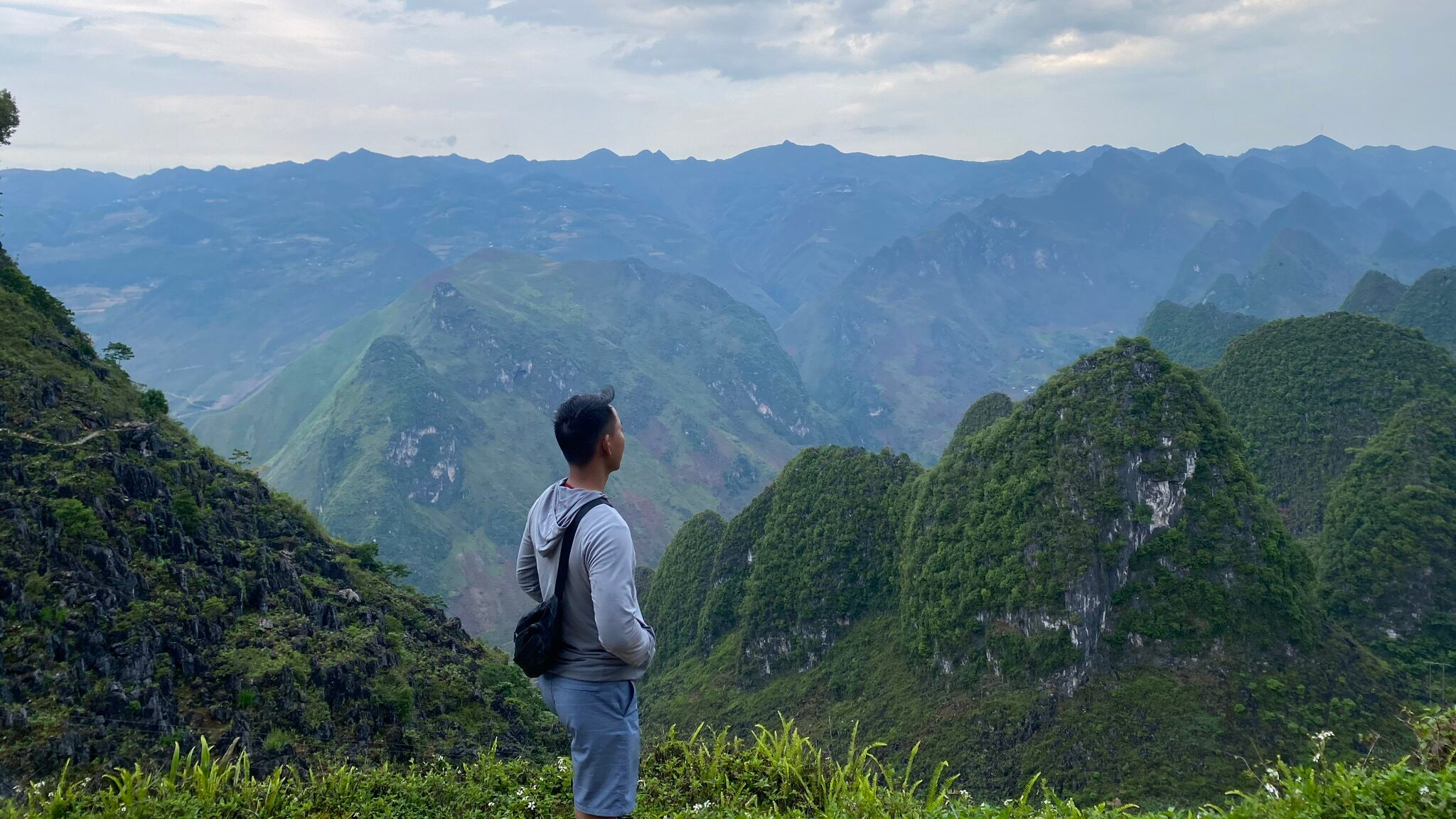
3. Ha Long Bay – A Natural World Wonder
Location and Geography of Ha Long Bay
Ha Long Bay is situated in Quang Ninh Province, along Vietnam’s northeastern coast bordering the Gulf of Tonkin. Covering roughly 1,553 square kilometers, this UNESCO World Heritage site is famous worldwide for its unique seascape. The bay’s location makes it accessible from Hanoi by road or shuttle, making it a popular destination for both international and local travelers.
Population and Local Communities
Beyond its natural beauty, Ha Long Bay is home to several floating fishing villages and local communities who maintain traditional lifestyles connected to the sea. These villages, such as Cua Van, offer visitors a glimpse into the daily lives of fishermen living on houseboats, relying on fishing and aquaculture. Engaging with these communities provides a unique cultural experience amidst the natural wonder.
Weather and Climate in Ha Long Bay
Ha Long Bay experiences a subtropical climate with two main seasons. The wet season lasts from May to October, bringing heavy rains and occasional storms, while the dry season from November to April offers cooler temperatures and calmer seas. The best time to visit is during the dry months when the weather is pleasant and ideal for cruising, kayaking, and exploring caves.
Ha Long Bay Travel Guide
Top attractions in Ha Long Bay:
- Ti Top Island: Famous for panoramic views after a scenic climb.
- Sung Sot Cave (Surprise Cave): Noted for spectacular stalactites and stalagmites.
- Bai Tu Long Bay: A quieter, less crowded alternative with equally breathtaking scenery.
- Popular Activities: Kayaking through hidden lagoons, swimming in clear waters, cave exploration, and relaxing boat cruises.
- Cat Ba Island: Largest island nearby, famous for national park and wildlife.
- Floating Fishing Villages: Cultural tours showcasing traditional sea-based communities.
- Quang Ninh Museum: Insightful exhibits on regional history and natural heritage.
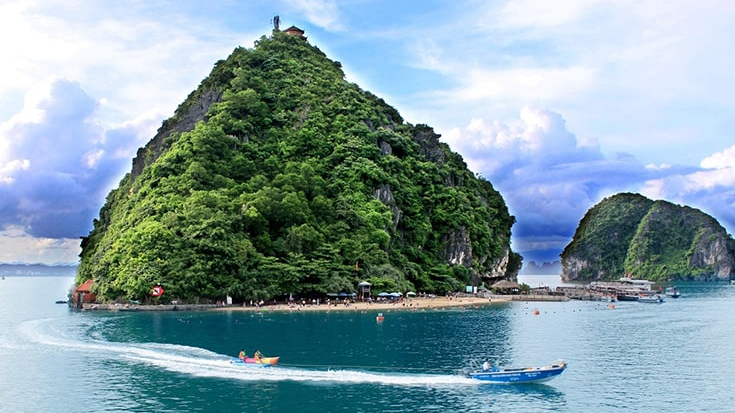
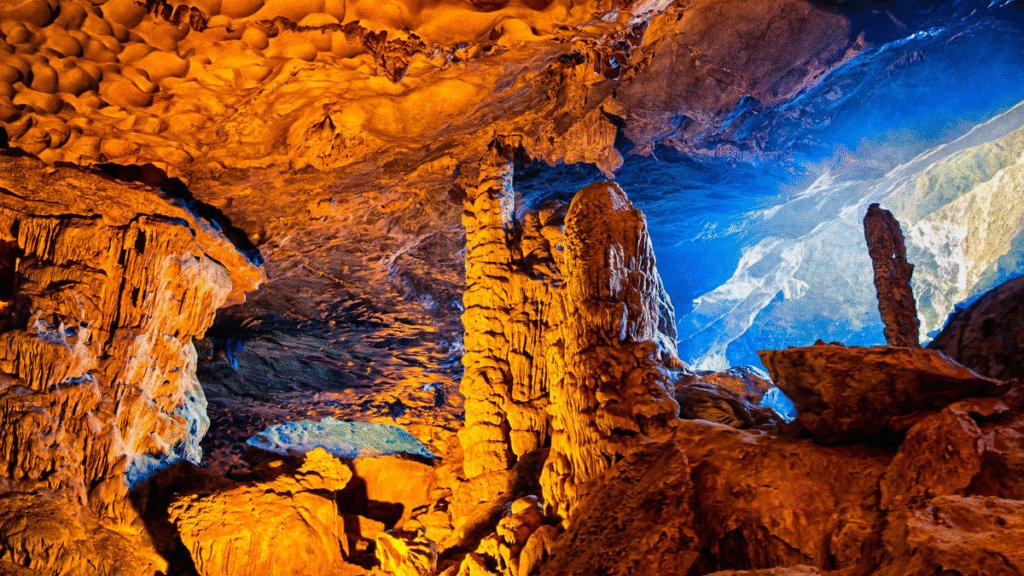
Food and Drink in Ha Long Bay: Local Flavors Highlights
- Seafood Must-Trys: Grilled squid, steamed crab, clam soup, fresh oysters with local herbs and spices.
- Where to Eat: Seaside restaurants, cruise dining, floating markets, and fishing village eateries.
- Refreshing Drinks: Vietnamese iced coffee, fresh coconut water, and local fruit juices.
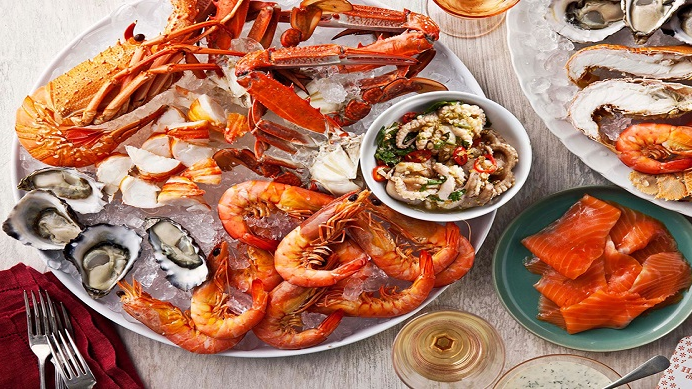
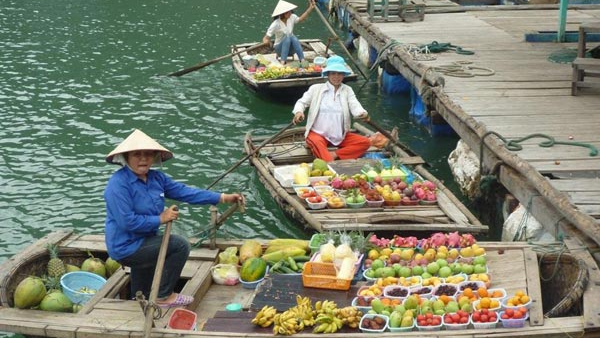
4. Sapa – Misty Mountains and Ethnic Traditions
Location and Geography of Sapa
Sapa lies in the northwest region of Vietnam, within Lao Cai Province. It is perched at an elevation of about 1,500 meters (4,900 feet) above sea level, making it a cool mountain retreat compared to the lowlands. The town is part of the Hoang Lien Son mountain range and serves as the gateway to Fansipan Mountain — the highest peak in Vietnam and Indochina, often called the “Roof of Indochina.”
Population and Ethnic Diversity
One of Sapa’s most distinctive features is its vibrant ethnic mosaic. The region is home to several minority groups including the Hmong, Dao, Tay, and Giay peoples. Each group preserves unique customs, colorful traditional clothing, and skilled handicrafts like embroidery and silver jewelry. Visiting ethnic villages around Sapa offers a rare glimpse into these centuries-old cultures and their way of life.
Weather and Best Time to Visit Sapa
Thanks to its elevation, Sapa enjoys a subtropical highland climate, with cool temperatures year-round. Summers are mild and rainy, while winters can be chilly, sometimes even dropping below freezing with occasional frost. The best times to visit are spring (March to May) and autumn (September to November), when the weather is clear and ideal for trekking and sightseeing.
Sapa City Guide
Here are must-see natural attractions in Sapa:
- Fansipan Peak: Climbable mountain or accessible by cable car with panoramic views.
- Silver Waterfall & Love Waterfall: Scenic spots ideal for walks and photography.
- Muong Hoa Valley: Famous for stunning terraced rice paddies, especially during planting and harvest seasons.
- Ethnic Villages: Cat Cat, Ta Phin, and Lao Chai offer authentic homestays and cultural immersion.
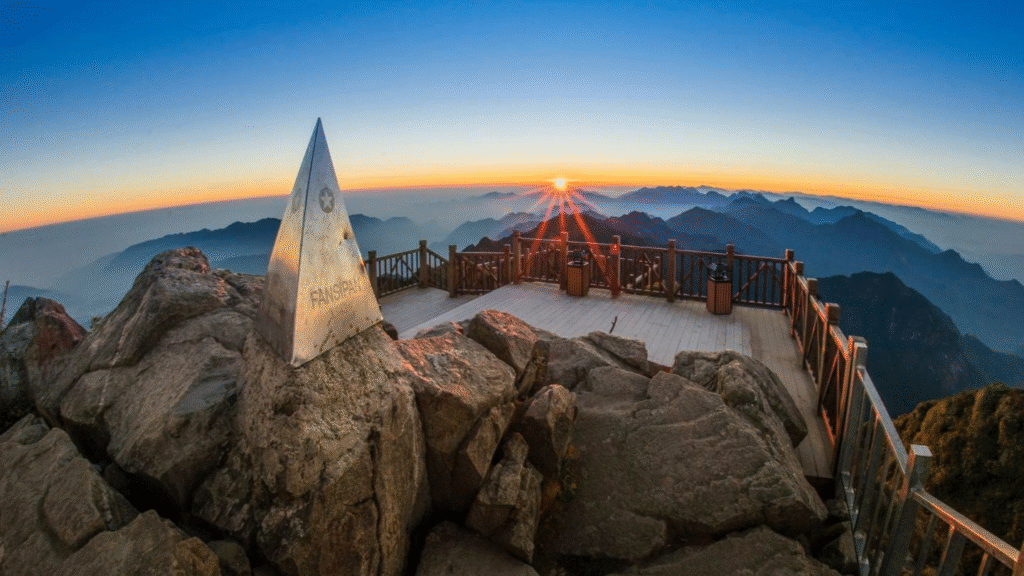
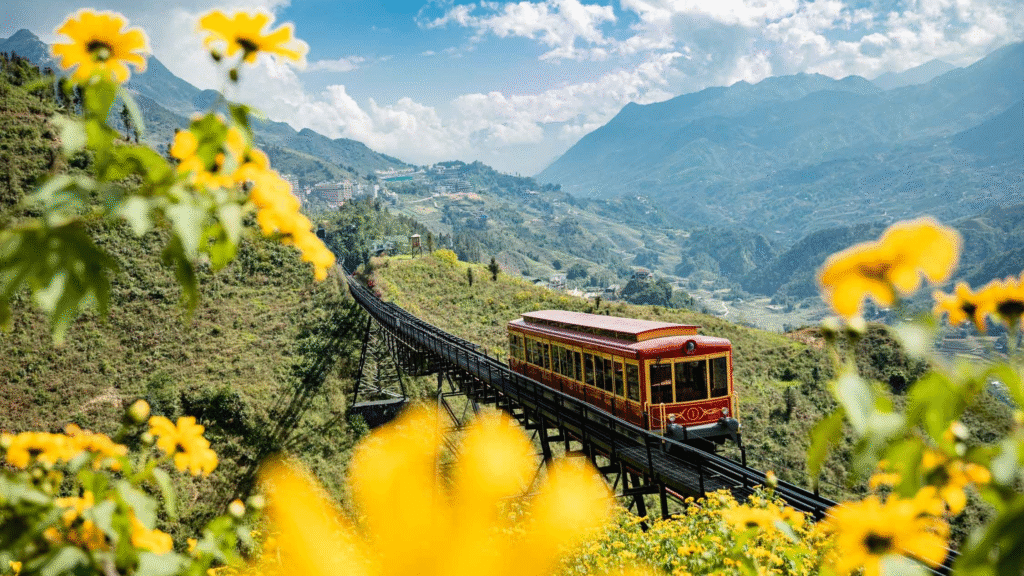
Food and Drink in Sapa: Taste of the Highlands Highlights
- Traditional Dishes: Try thang co (horse meat stew), grilled pork skewers, bamboo-tube rice, fresh herbs, and vegetables.
- Dining Spots: Local markets, ethnic village eateries, and cozy mountain restaurants.
- Local Drinks: Herbal teas, rice wine, corn wine, and fresh mountain fruit juices.
5. Mai Chau – Hidden Valley of Peace
Location and Geography of Mai Chau
Mai Chau lies about 135 kilometers west of Hanoi, nestled deep within a mountainous region in Hoa Binh Province. This secluded valley is surrounded by limestone karst mountains that rise dramatically, creating a picturesque landscape. The valley floor itself is fertile and lush, making it ideal for rice farming—a dominant feature of Mai Chau’s scenery.
Population and Ethnic Communities
Mai Chau is home predominantly to the Thai ethnic minority, known for their unique culture and traditional stilt houses made of wood and bamboo. The Thai community maintains rich customs, from traditional weaving to folk dances and community festivals. Visitors can explore the villages and witness firsthand their harmonious way of life.
Weather and Best Time to Visit Mai Chau
Mai Chau experiences a tropical monsoon climate with warm summers and mild winters. The best times to visit are spring (March to May) and autumn (September to November), when the weather is pleasant, and the landscape is especially vibrant. The rice fields are lush and green during these seasons, perfect for photography and outdoor activities.
Highlights of Exploring Scenic Villages and Nature Trails in Mai Chau
Top attractions in Mai Chau:
- Visit Pom Coong and Lac villages for authentic stilt houses and expansive rice paddies.
- Enjoy hiking and biking trails through fields, forests, and alongside streams with breathtaking views.
- Engage with local life and experience the valley’s natural beauty up close.
- Witness traditional Thai ethnic dance performances, especially the vibrant Xoe circle dance.
- Participate in craft workshops focusing on traditional weaving and embroidery.
- Attend seasonal festivals that celebrate harvests and local folklore, showcasing Mai Chau’s rich cultural heritage.
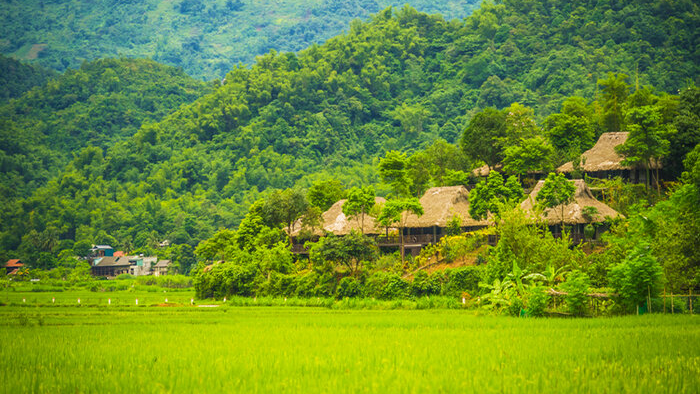
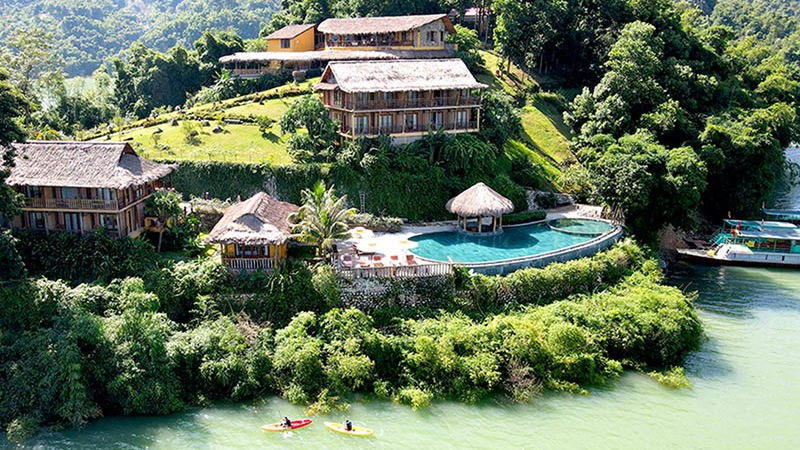
Food and Drink in Mai Chau
- Savor grilled pork with smoky flavors and sticky rice cooked in bamboo tubes, emblematic of the region’s cuisine.
- Enjoy meals at local homestays and village eateries where fresh, traditional ingredients are used.
- Try homemade rice wine, herbal teas, and fresh fruit juices for a true taste of Mai Chau’s local beverages.
✨If you don’t receive a response, please contact me directly via my WhatsApp number or send me an Email📱 WhatsApp: +84 383 624 632 📧 Email: info@saigontastetours.com 🌐 Website: www.saigontastetours.com
🎟️ Explore Our Tours with Saigon Taste Tours
Looking for things to do in saigon April 2025 authentic, local-led experiences in Saigon? Let us be your local friends and guides! Check out our most popular tours below:
🍜 Saigon Street Food Night Tour by Motorbike
Zip through the streets on a motorbike and taste the best of Saigon’s hidden street food scene. From Vietnamese pizza to seafood alleys — this is our most loved tour!
👉 Book Now
🛵 Saigon History, Hidden Gems: Scooter Sightseeing Tour
Discover secret alleys, French colonial architecture, and stories that don’t appear in guidebooks. Perfect for first-time visitors who want more than just the tourist spots
🛵 Saigon Culture, Hidden Gems & Local Life: Scooter Sightseeing Tour
Experience real Saigon beyond District 1 — visit markets, pagodas, neighborhoods, and unique coffee spots with our friendly local drivers.
🚤 Private Mekong Delta Day Tour
Escape the city and explore quiet canals, local workshops, and lush countryside — away from big bus crowds.
💣 Cu Chi Tunnels Half-Day Tour (Local Insight Version)
Visit this historic site with context, stories, and a perspective you won’t find on mass tours.
✨ Want a custom experience? Contact us directly and we’ll create something just for you!
📧 Email: info@saigontastetours.com
📱 WhatsApp: +84 383 624 632
🌐 Website: www.saigontastetours.com
Book a Once-in-a-Lifetime Experience with us
OUR EXPERIENCES
Ao Dai Motorbike Tours Cu Chi Tunnels Excursions Ho Chi Minh Day Trips, and Combos Mekong Delta Adventures Saigon: Culture & History Saigon Street Food Southern Vietnam Coastal Adventures Taste Of Saigon Tours
Don’t leave just yet—stay with us a bit more!
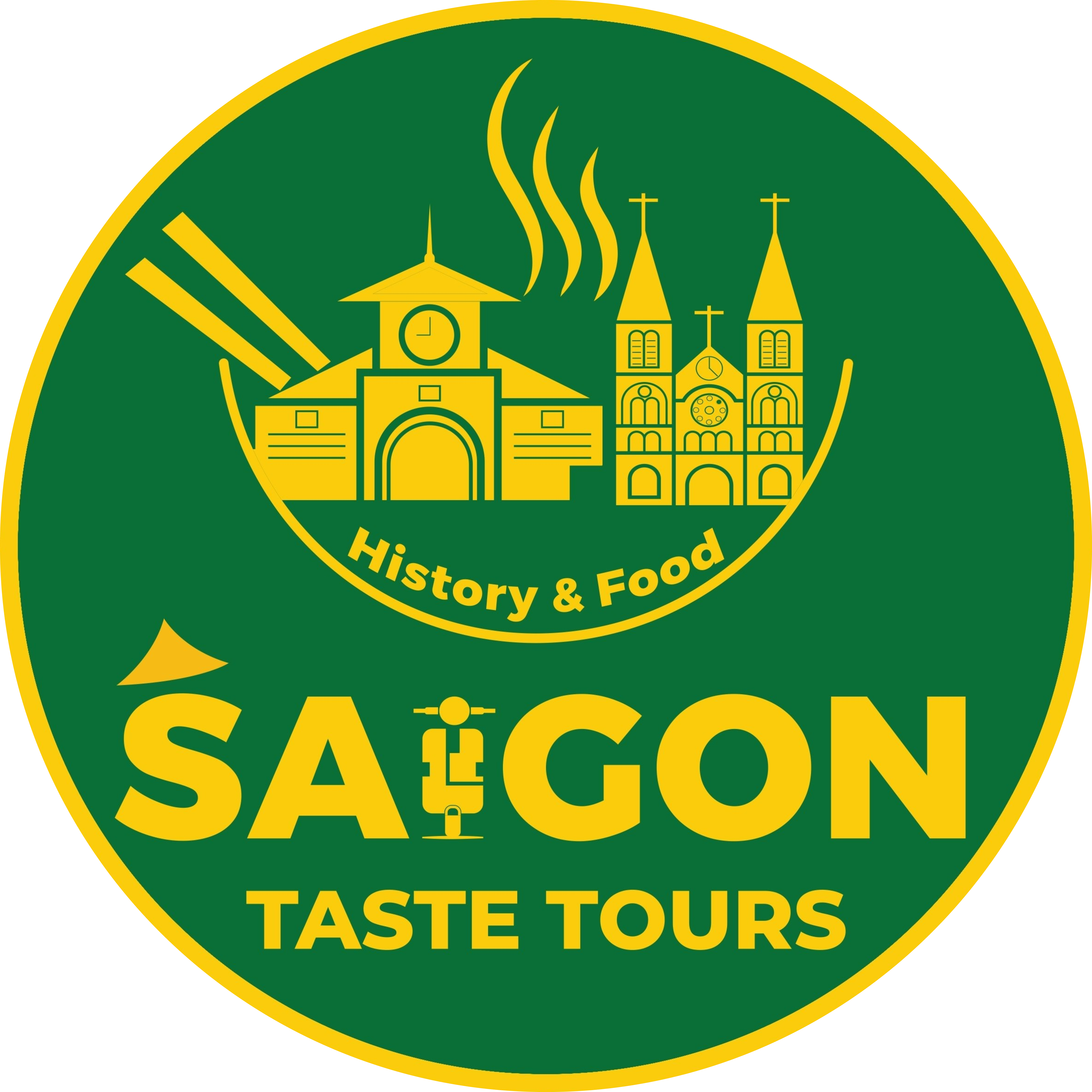
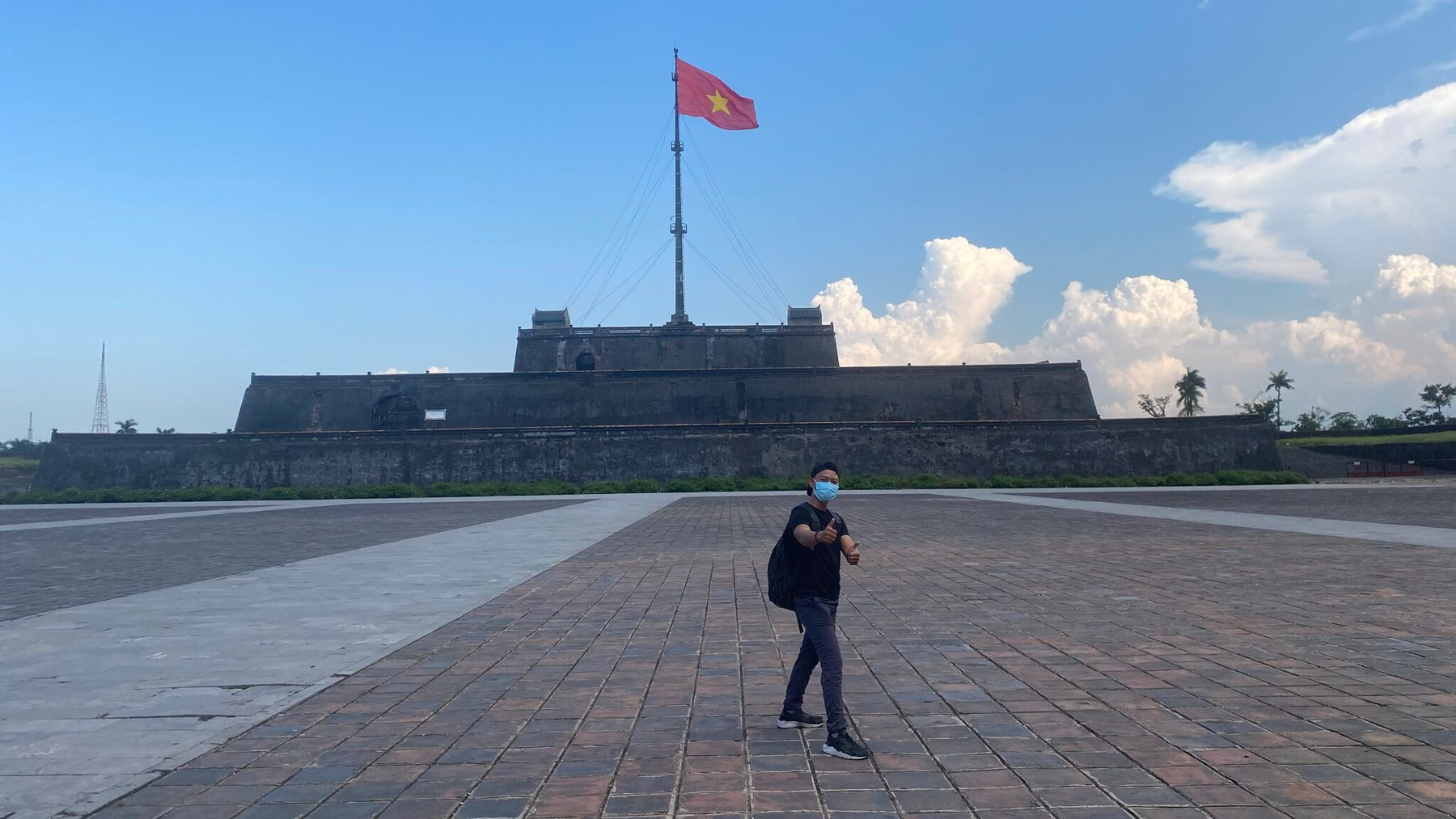
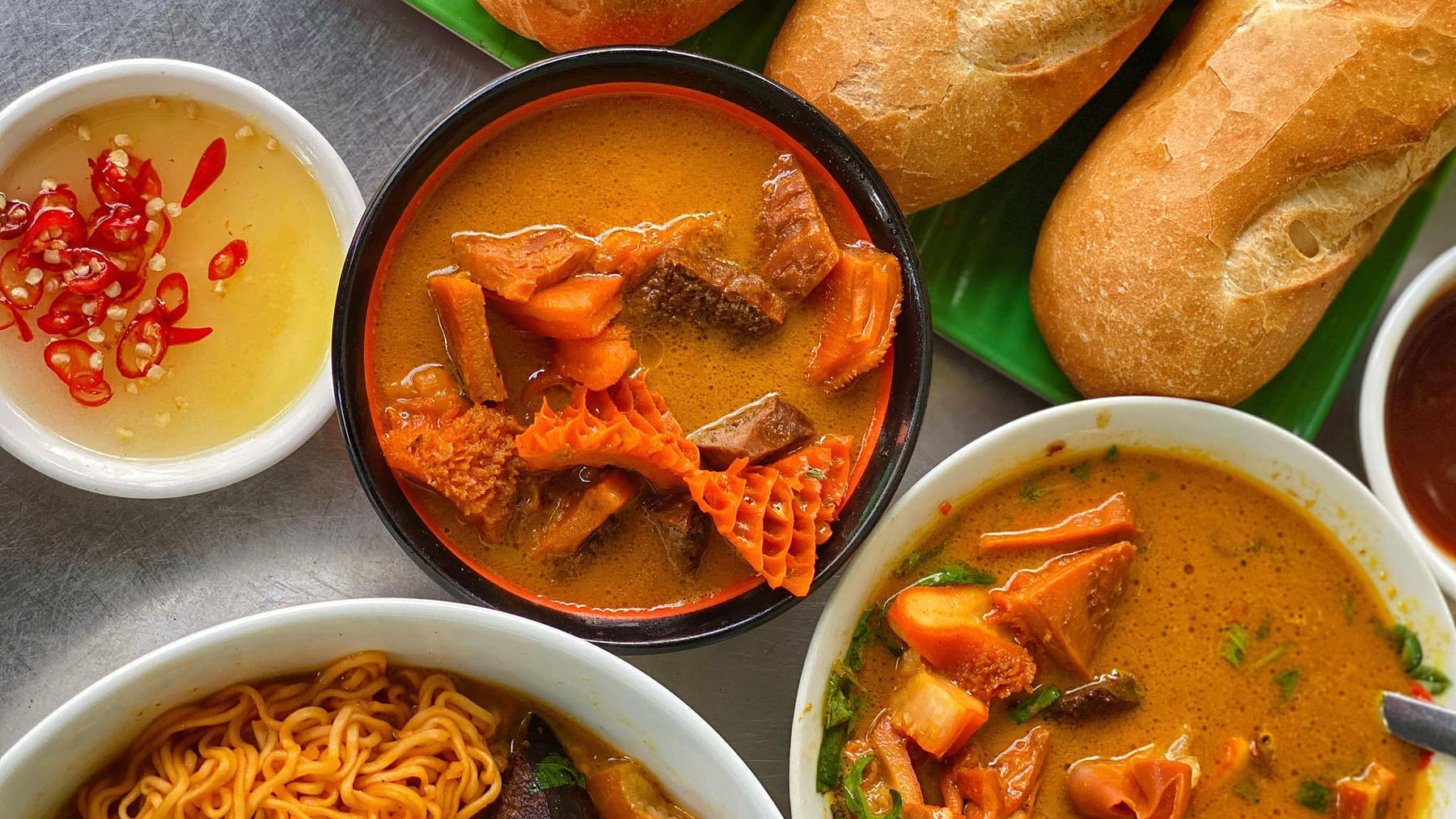
Leave a Reply